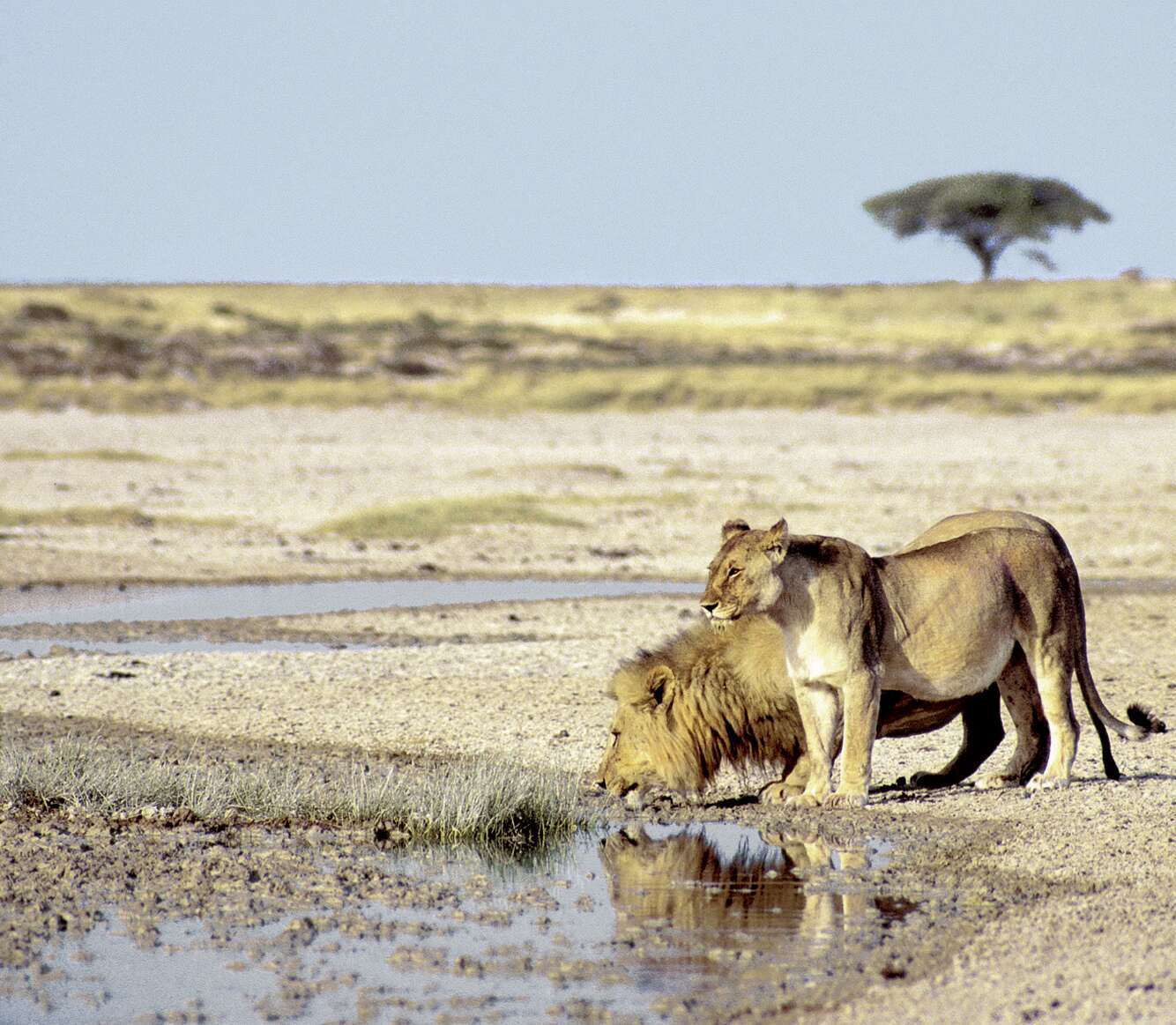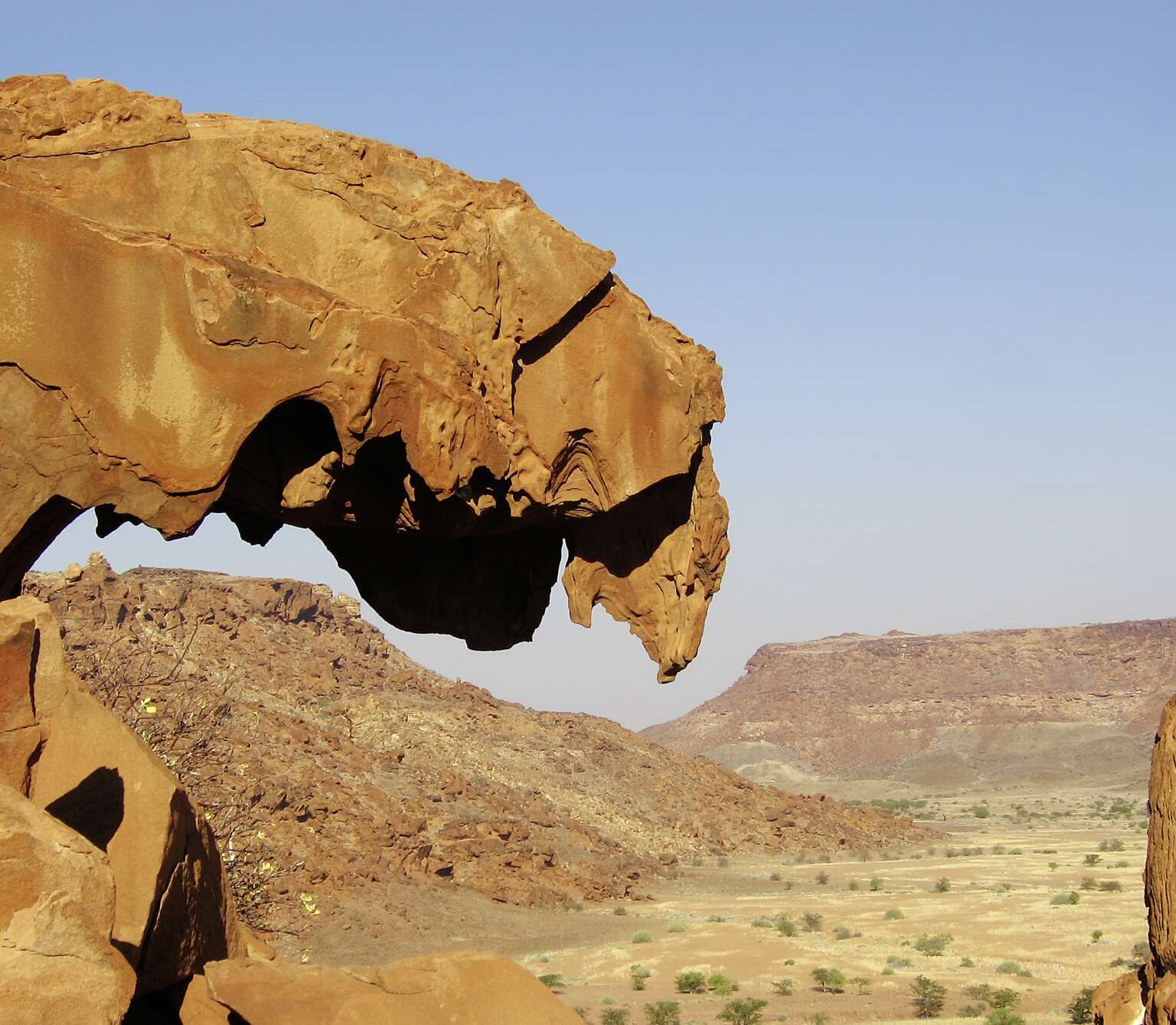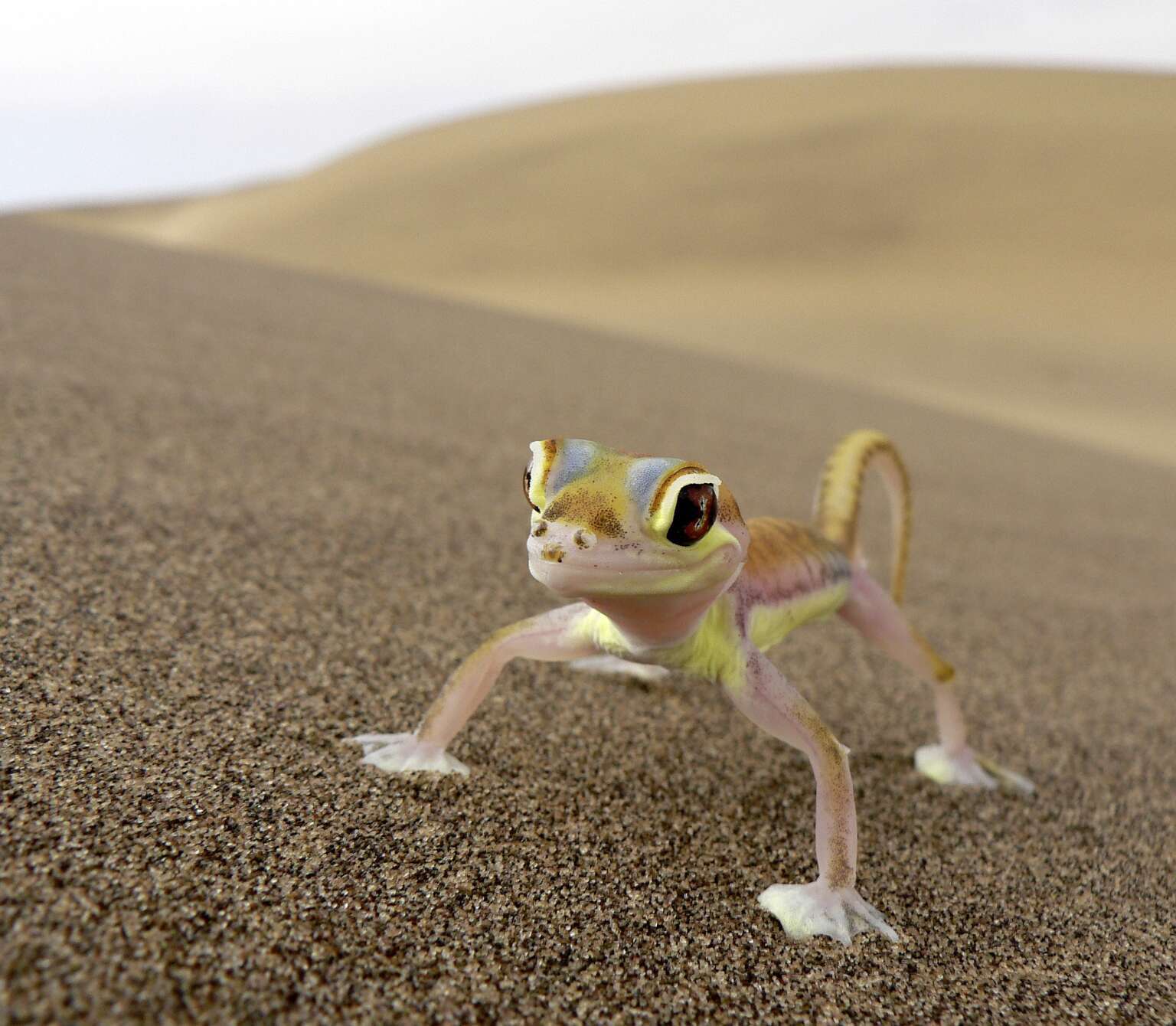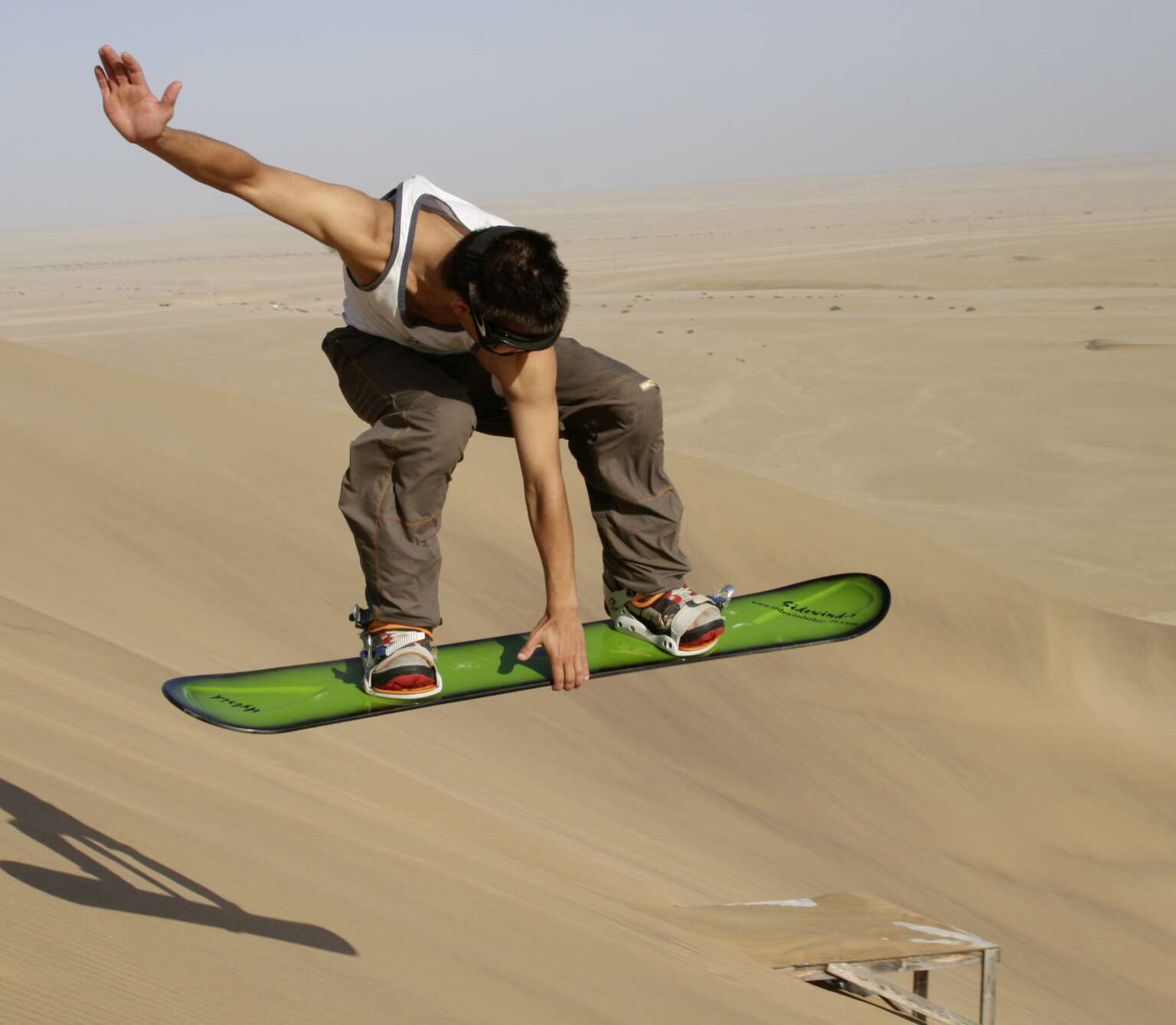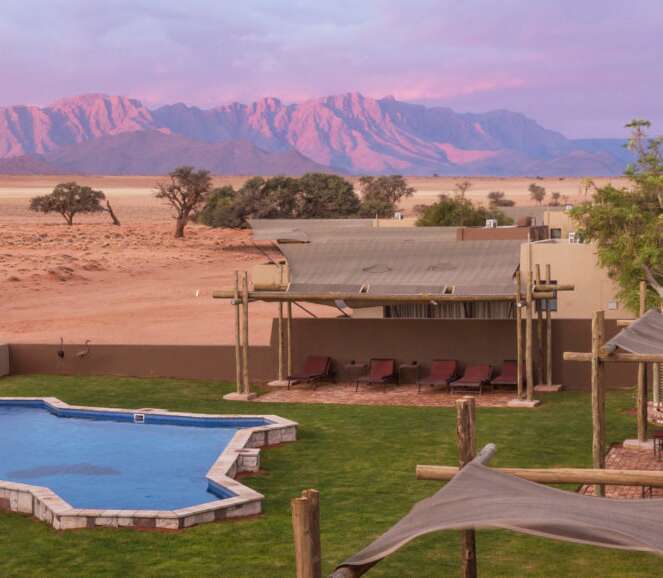Speak to one of our experts now about this offer
Call us on - 0800 092 4444
Or drop into your local Kuoni store to find out more
Speak to one of our experts now about this offer
Call us on - 0800 294 9710
Or drop into your local Kuoni store to find out more
Speak to one of our experts now about this offer
Call us on - 0800 294 9728
Or drop into your local Kuoni store to find out more
Namibia Explorer Tour
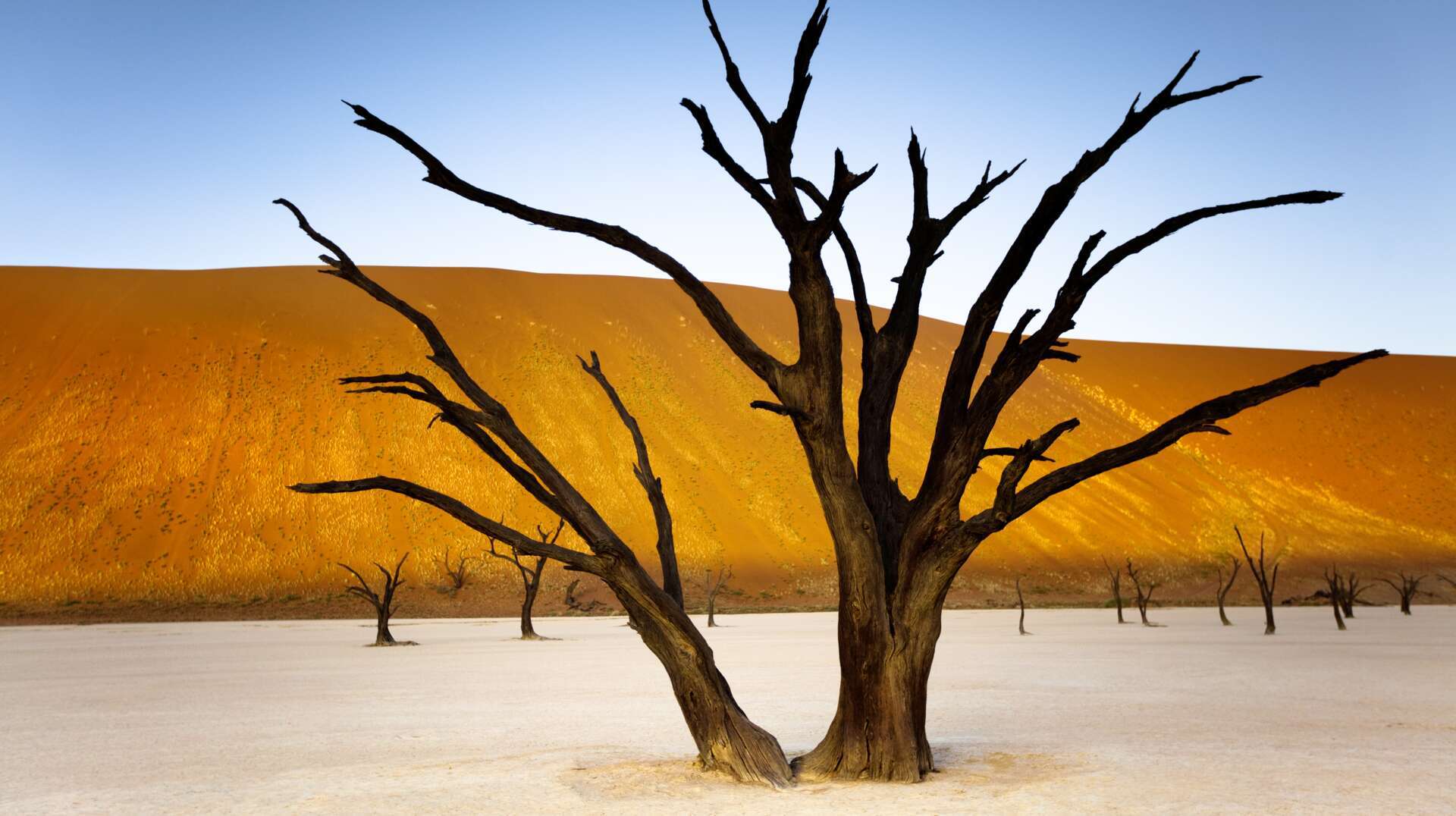
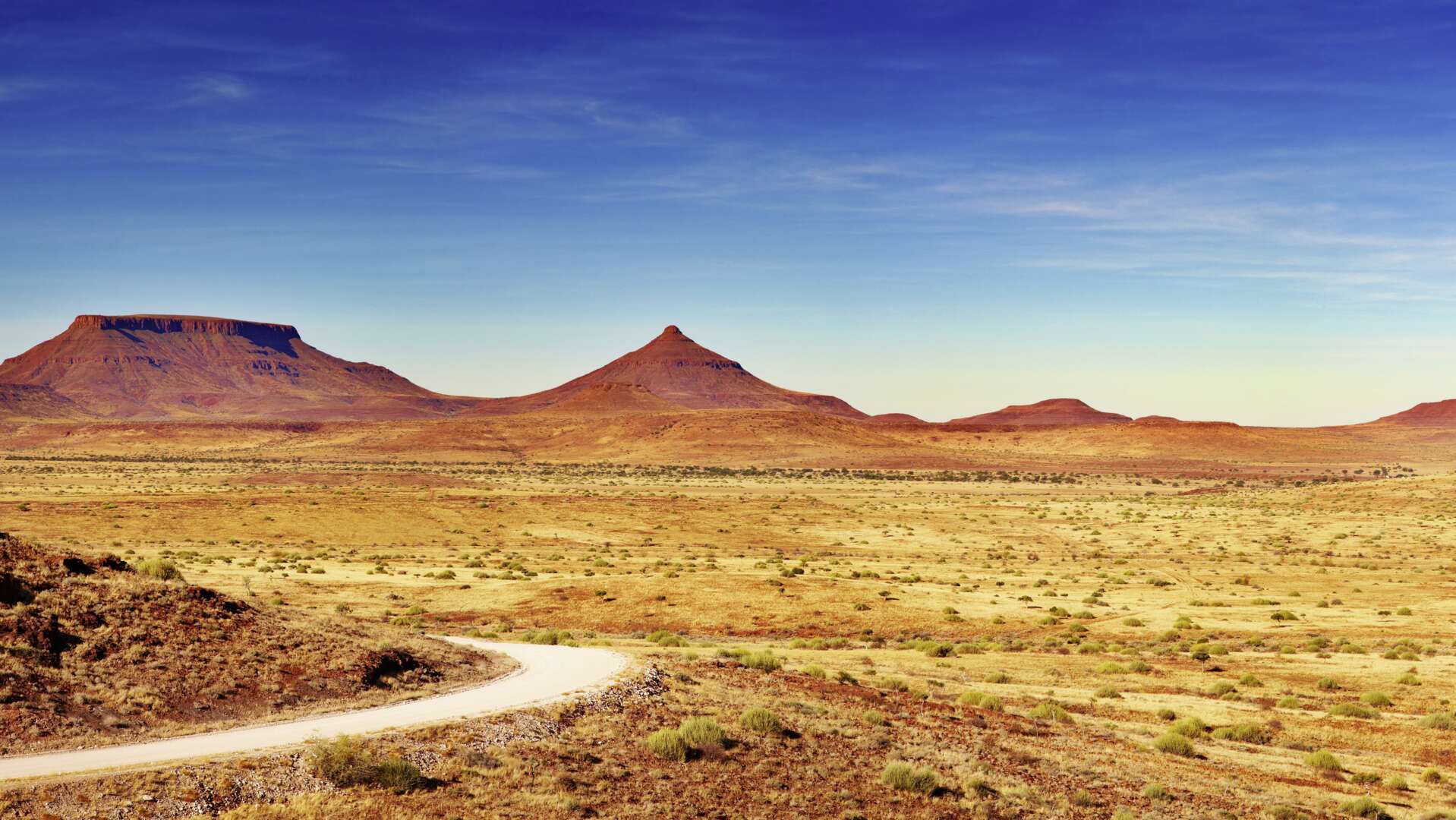
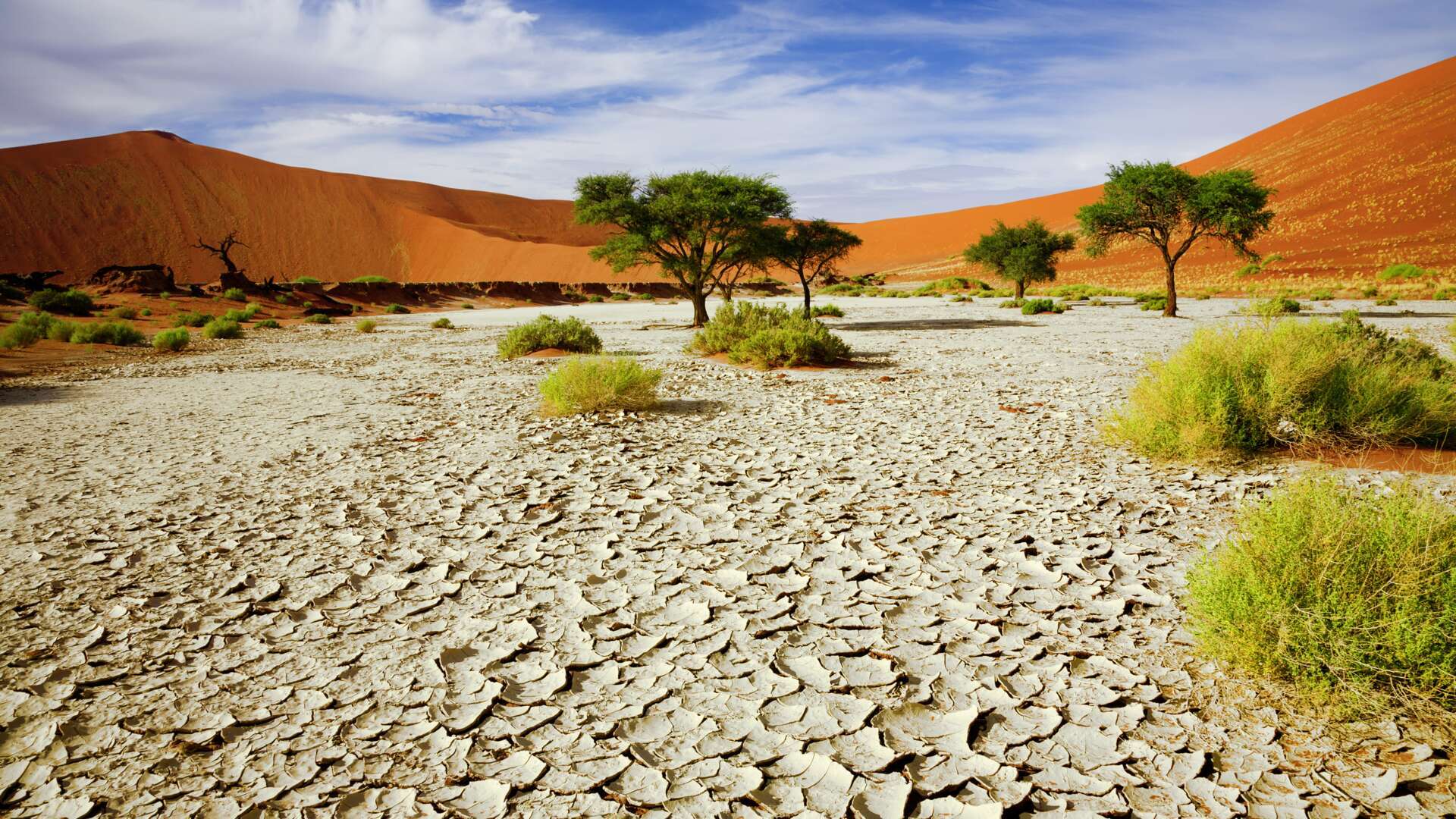
This 13-day small group tour is perfect for those wanting to uncover the highlights of Namibia. Discover a backdrop of wild and dramatic landscapes, from the world’s highest sand dunes to the stunning wilderness of Damaraland. Encounter a variety of wildlife species in Etosha National Park alongside the more elusive and uniquely rewarding desert adapted species of the northwest. Throughout the tour, you will be accompanied by a local tour guide who will provide you with a deeper understanding and appreciation for the incredible places you visit.
£5,175 - £5,495pp including international flights. Also available on a private basis, see guide pricing below.
Itinerary overview
Highlights of trip
Day 1
Arrival in Windhoek
On arrival into Windhoek, you will be met and transferred to your accommodation for the night. Windhoek, the capital of Namibia, is a small city of many contrasts; modern skyscrapers blend with historic buildings from the German colonial era. Depending on the arrival time of your flight, you may have some free time to explore the city, we recommend the National Museum of Namibia which houses an excellent display on Namibia’s independence, or you may wish to simply relax. This evening, get to know your fellow companions for the next 13 days over a welcome dinner, at Joe’s Beerhouse, a Windhoek institution. Overnight at The Weinberg (or similar).
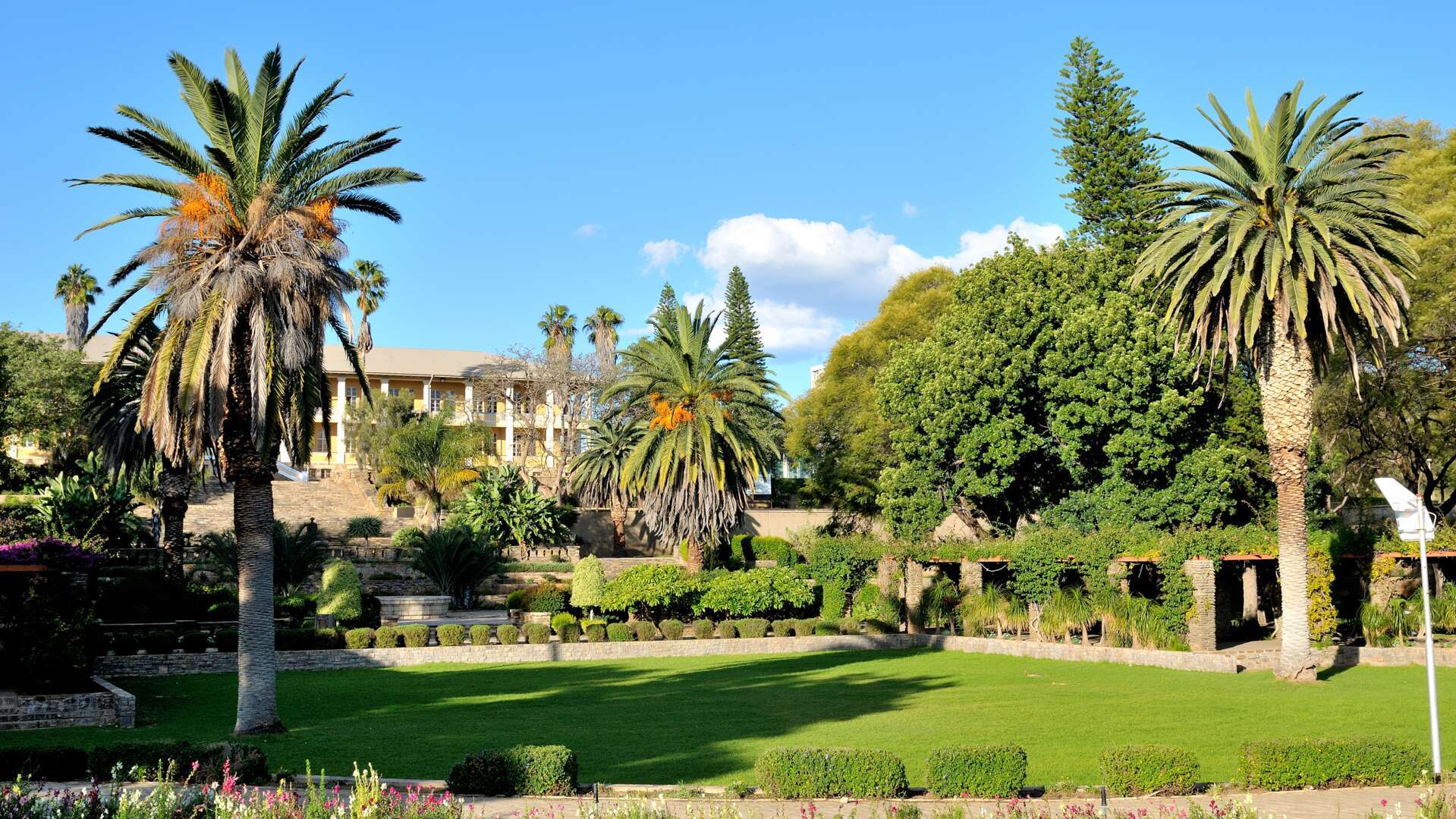
Day 2
Windhoek & Otjiwarongo
Following breakfast, your guide will take you on a tour of the city, where you will discover some of Windhoek’s history, architecture, culture and people. Later travel to Okahandja to see the Kavango woodcarvers and their wonderful animal and bird carvings. Next, drive for approximately 2 hours to Okonjima, home of the AfriCat Foundation. The mission of this non-profit organisation is the long-term survival of Namibia’s predators in their natural habitat. During your visit, observe some of this programme at work and learn more about these amazing and beautiful animals, including meeting some of the animals kept in the Carnivore Care Centre by taking a game drive around their large enclosures. Overnight at Otjiwa Lodge (or similar).
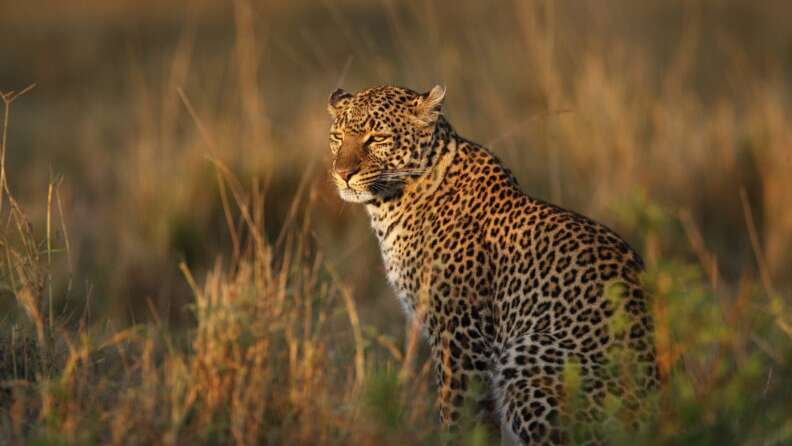
Day 3
Otjiwarongo & Etosha
After breakfast, travel via Otjiwarongo, Otavi and Tsumeb to the border of the world-renowned Etosha National Park (approximately 3.5 hours). Your lodge is situated only four minutes' drive from the Von Lindequist Gate to the park, allowing you to enjoy Etosha’s wildlife without having to travel long distances. Overnight at King Nehale Lodge (or similar).
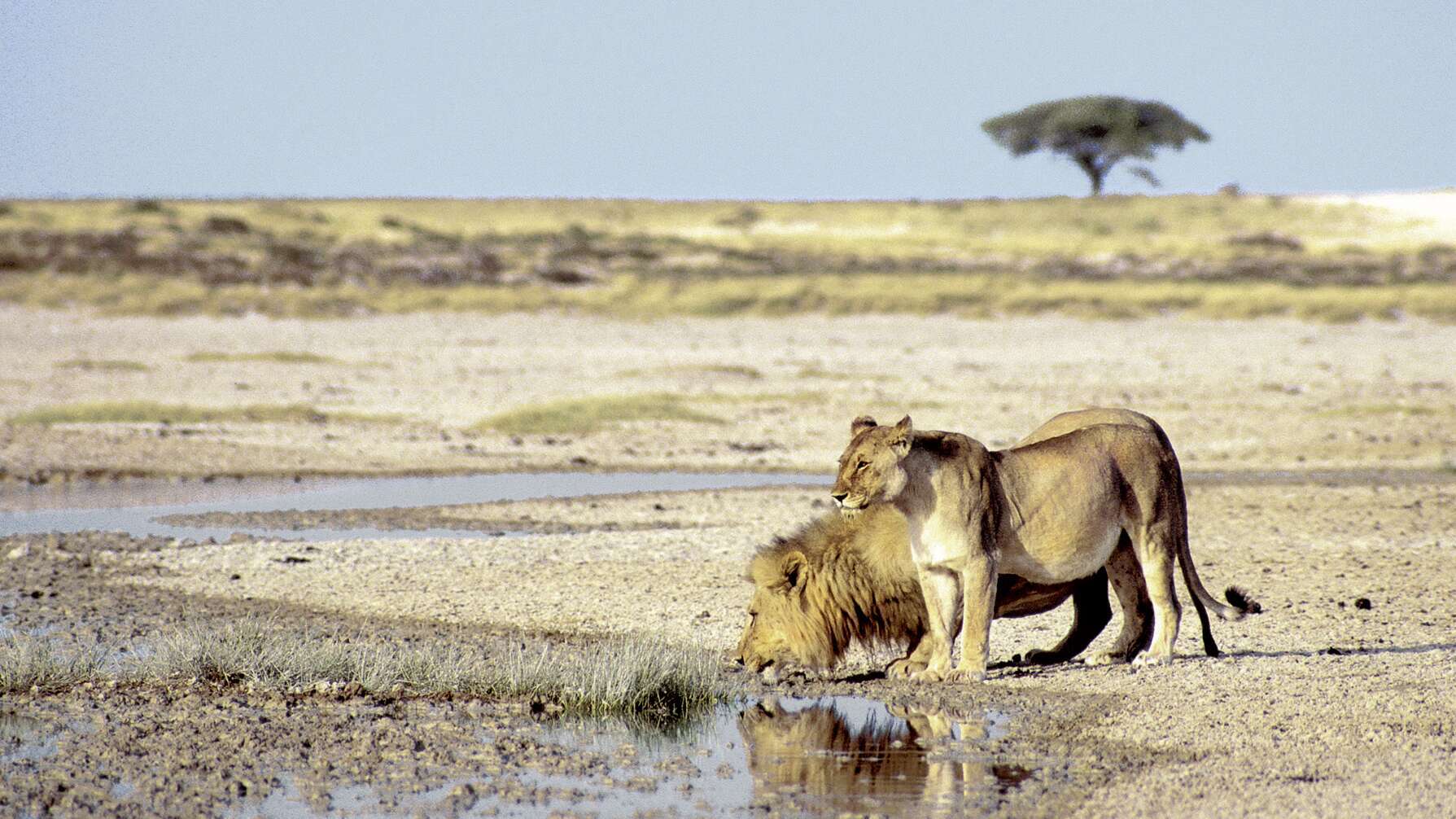
Day 4
Etosha
Spend the day game driving through Etosha National Park in your touring vehicle. Etosha covers 22,270 square kilometres and consists of grassland, woodland and savannah. The park boasts some 114 mammal and over 340 bird species. Wildlife that you might see includes elephant, lion, giraffe, zebra, as well as the endemic black faced impala. As soon as the sun sets peace succumbs over the park and you will return to your lodge to relax and reminisce about the day’s adventure. If you prefer, game drives in open 9-seater vehicles are possible at an additional cost, payable locally. Overnight at King Nehale Lodge (or similar).
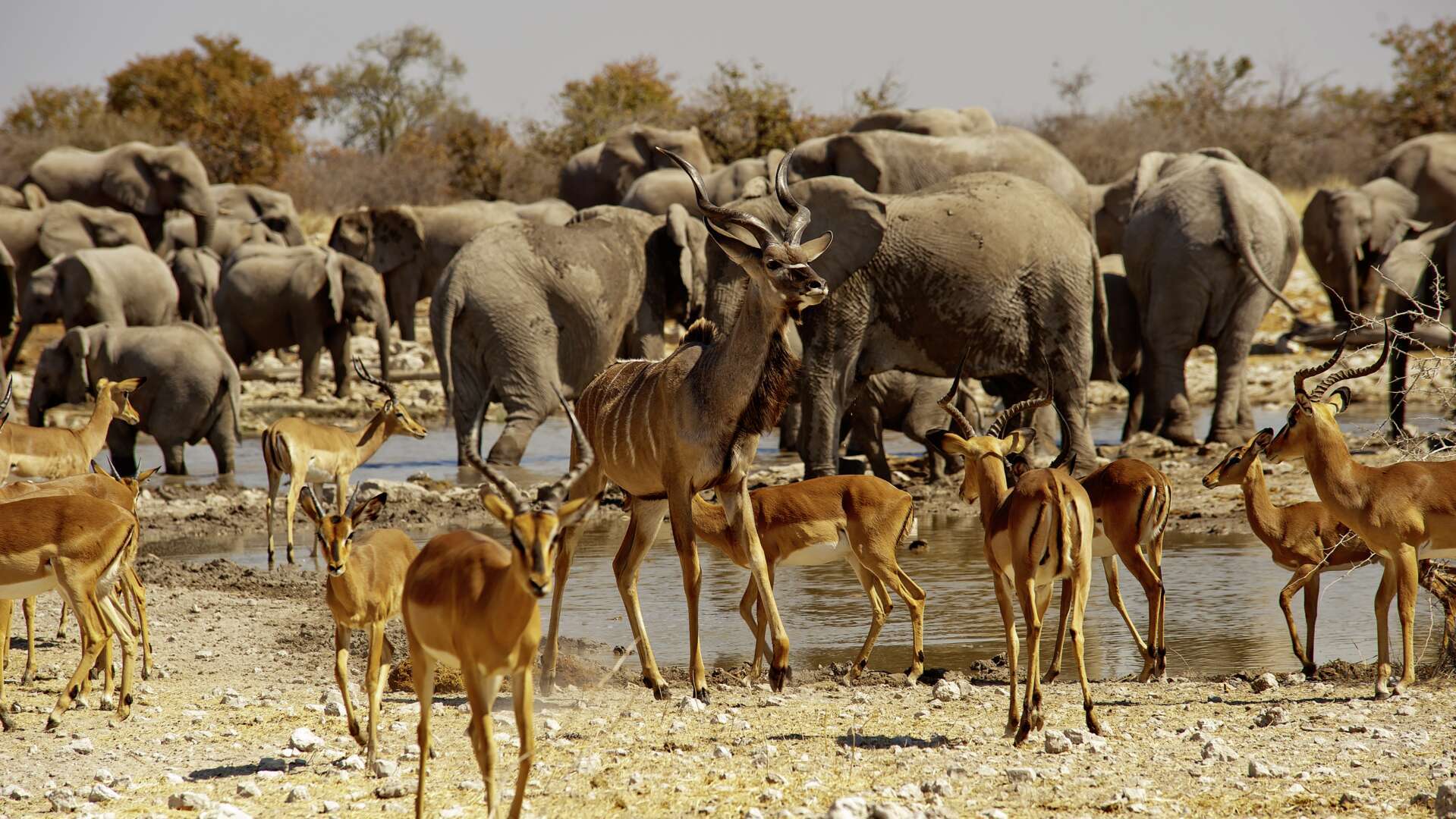

Day 5
Etosha
Travel through Etosha, from east to west, searching for wildlife, stopping at several waterholes en route including the most prolific in Namibia; Okaukuejo. This waterhole especially comes into its own during the dry season when animals are drawn out of hiding to drink at the water’s edge. Exit the park in the afternoon through the Anderson Gate in the south and drive to your accommodation for the night, on the Epacha Private Game Reserve. Relax by the pool after a busy day or for those who want yet more animal adventure, you can book an optional night game drive round the Epacha Reserve. Overnight at Epacha Game Lodge & Spa (or similar).

Day 6
Etosha & Damaraland
Journey to Damaraland, one of the least populated and most geologically diverse areas in Africa. This region is typified by displays of colour, magnificent table-topped mountains, rock formations and bizarre-looking vegetation. Visit the rock art at Twyfelfontein, accompanied by a local Damara guide. This is Namibia’s first UNESCO World Heritage Site and features 2,500 examples of bushman paintings and engravings dating back 6,000 years. Explore the Petrified Forest, a geological phenomenon depicting the creation and metamorphosis of wood into stone amongst some of the oldest landmasses on Earth and marvel at the Welwitschia mirabilis plant – the oldest living desert plant on Earth. Finally, learn about Damara culture at the fascinating Damara Living Museum. Overnight at Ondjamba Hills (or similar).
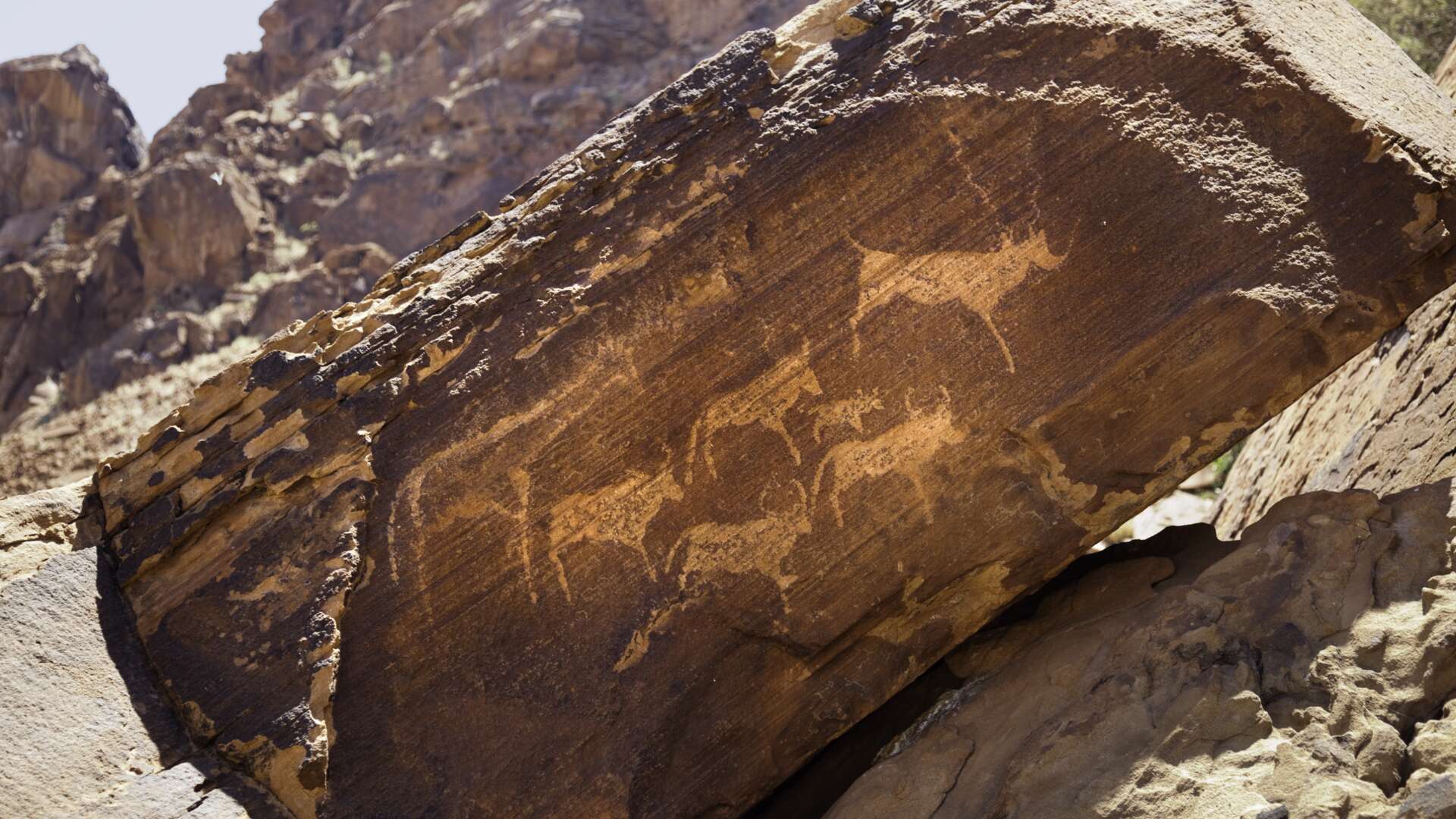
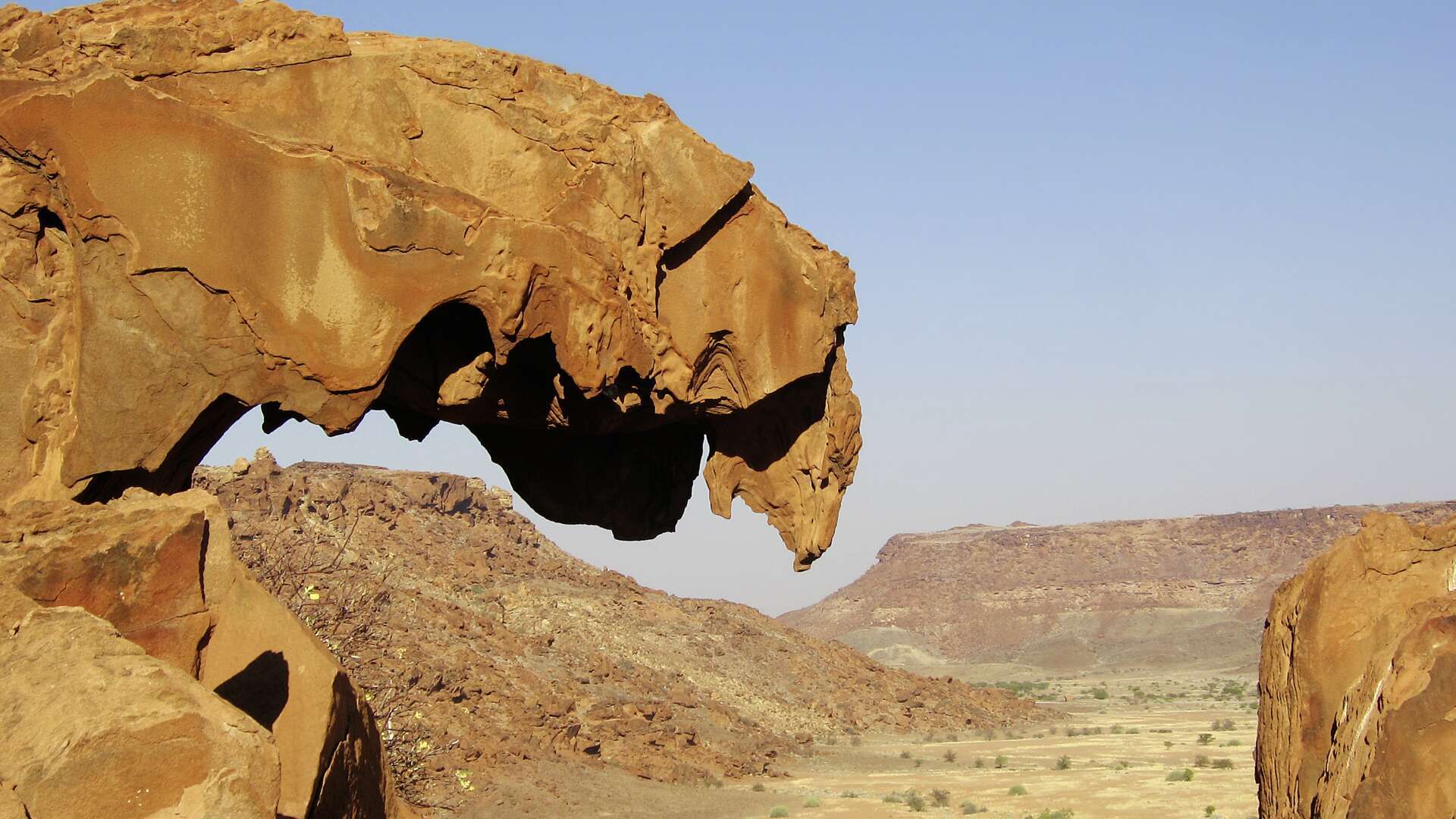
Day 7
Damaraland
Head out early this morning on a scenic nature drive through, at times untouched wilderness area of the Otjimboyo Concession to Brandberg, Namibia’s highest peak. This is the best time to capture the perfect light of sunrise and catch the last mist engulfing the mountain. As well as boasting some of the most spectacular scenery in Namibia, Damaraland is a surprising refuge for desert adapted wildlife including elephants, giraffe, oryx, springbok and rhino. These animals roam large tracks of unfenced desert landscapes and finding game can be challenging, but this is all part of the adventure of exploring this wild untouched gem of Namibia. Drive along the dry Ugab riverbed back to camp, looking out for the elusive wildlife. Back at camp, you may wish to explore the area on foot, following one of the walking trails. Overnight at Ondjamba Hills (or similar).


Day 8
Damaraland & Swakopmund
After breakfast, travel via Uis, a former tin mining village, to the Atlantic Ocean and along the coast to Swakopmund (approximately 3.5 hours). A small, coastal resort nestled between the desert and the sea, Swakopmund boasts a charming combination of German colonial architecture blended with modern hotels, shops and restaurants. There will be time this afternoon to explore the town and wander along the waterfront on foot. Overnight at The Delight Hotel (or similar).
Day 9
Swakopmund
Today is a free day for optional activities, letting you take advantage of either Swakopmund’s marine wildlife or the surrounding desert. Take a catamaran cruise on Walvis Bay to spot pelagic birds and the marine Big Five: whales, dolphins, mola mola (sunfish), leatherback turtles and seals. Alternatively explore the desert on a tour, go fat biking or sand boarding. Overnight at The Delight Hotel (or similar).
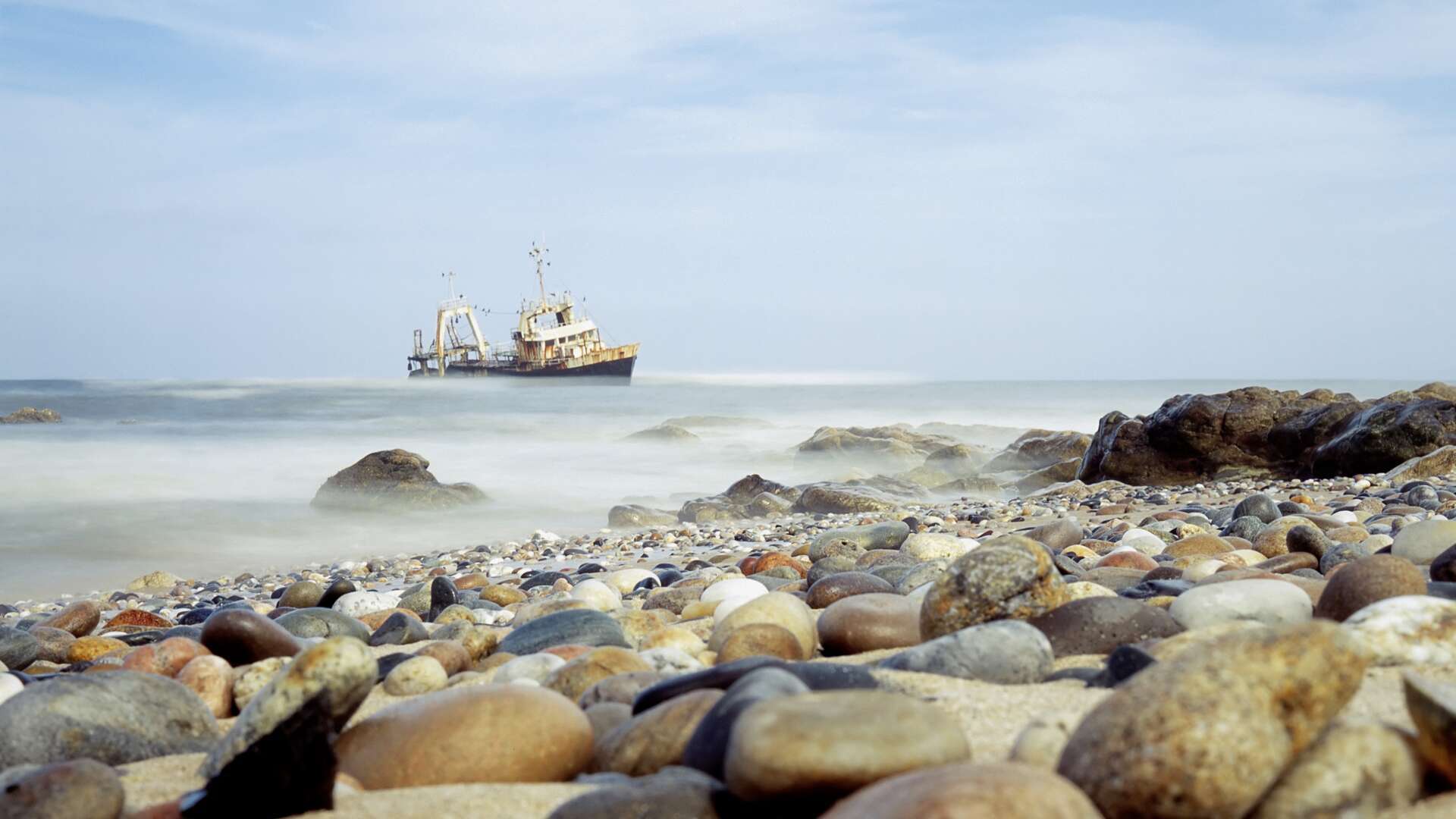
Things to do
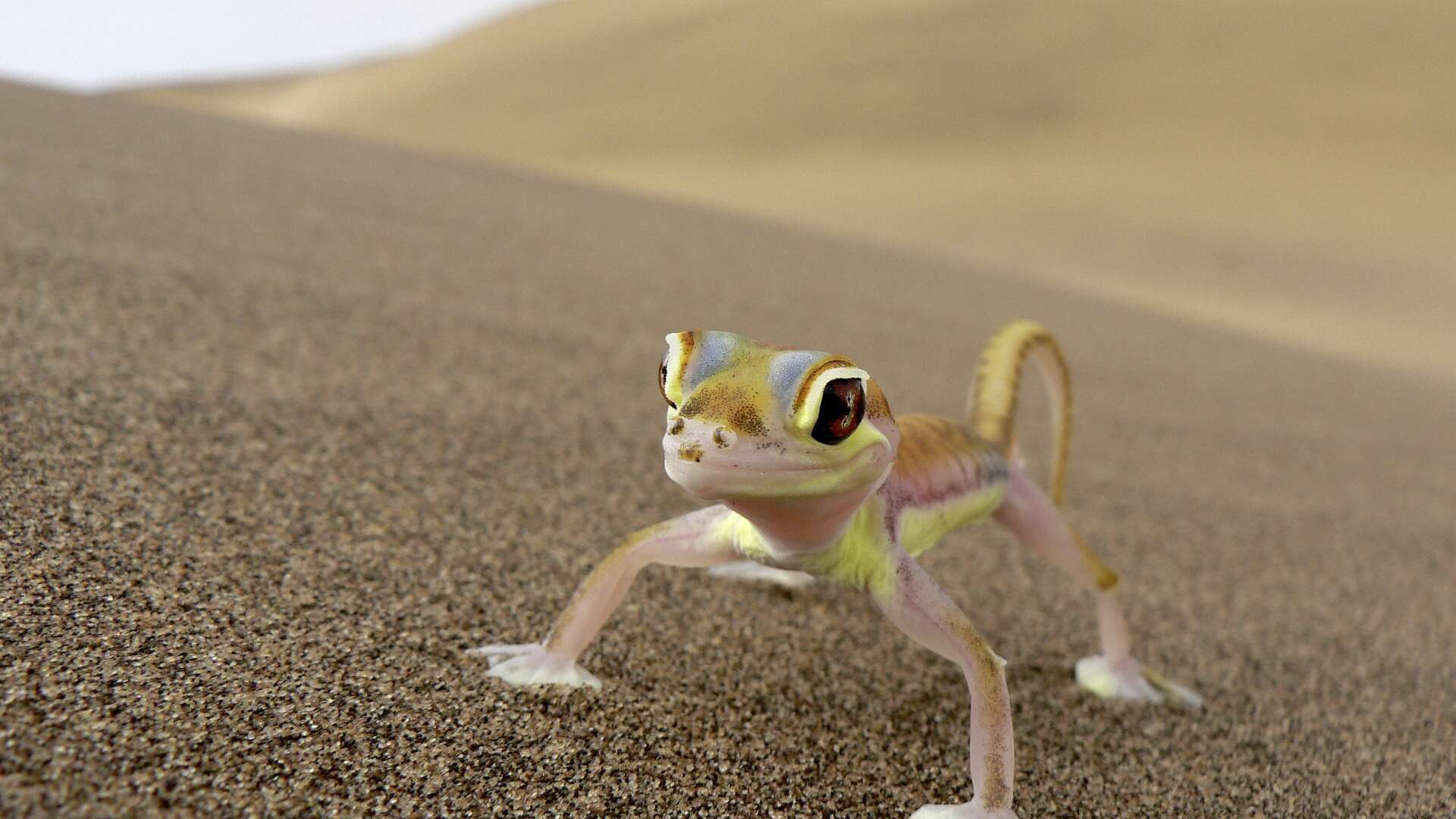
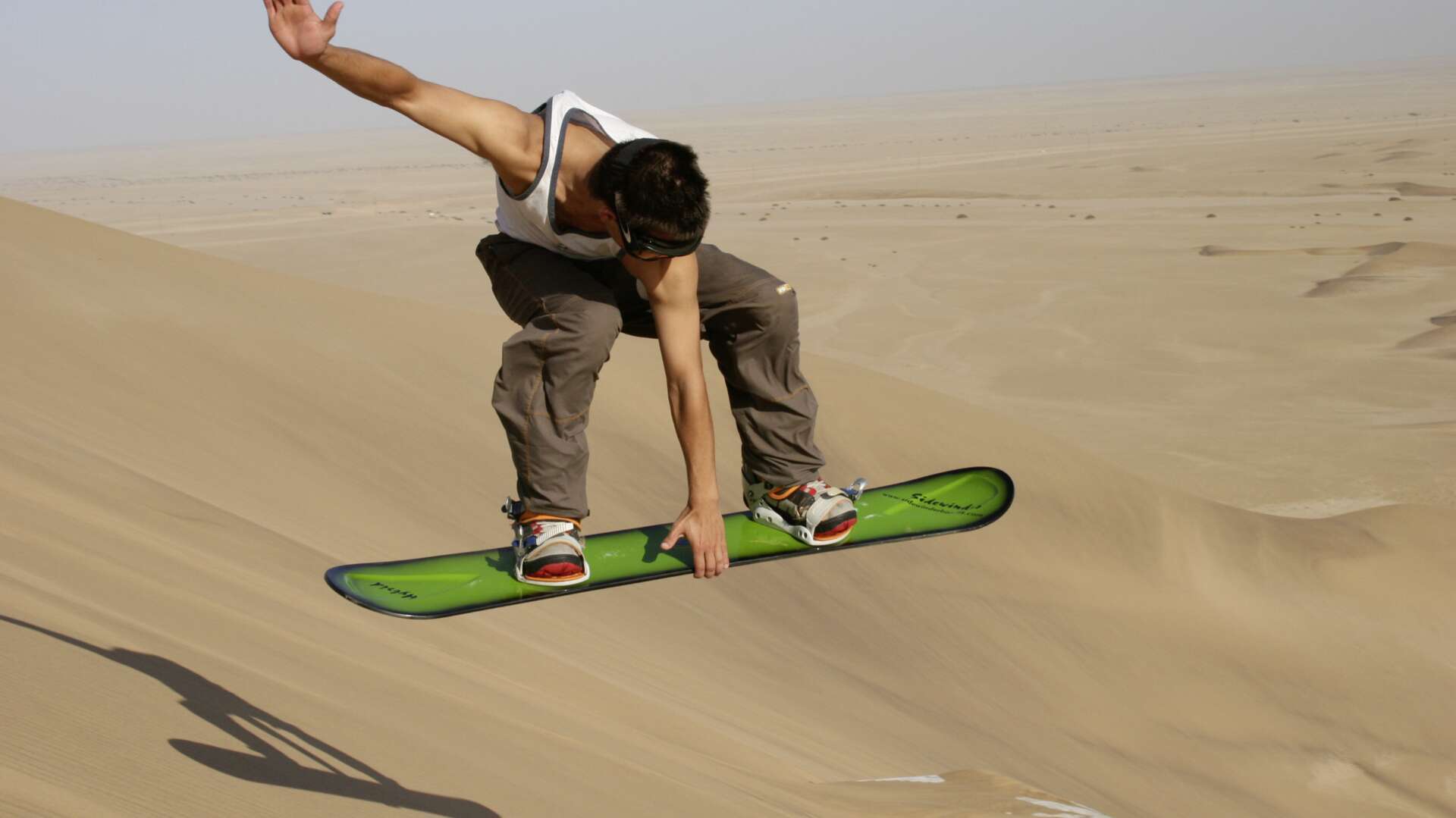
Day 10
Swakopmund & Sossusvlei
Leave the Atlantic Coast behind, drive across seemingly endless desert plains to reach your lodge for the next two nights. The drive will take 4-5 hours but you will be mesmerised by the scenery and keep your eyes peeled for oryx and other wildlife. When you arrive, there will be time to have a refreshing dip in the pool or explore the area on an optional nature walk or tour. Overnight at Sossusvlei Lodge (or similar).
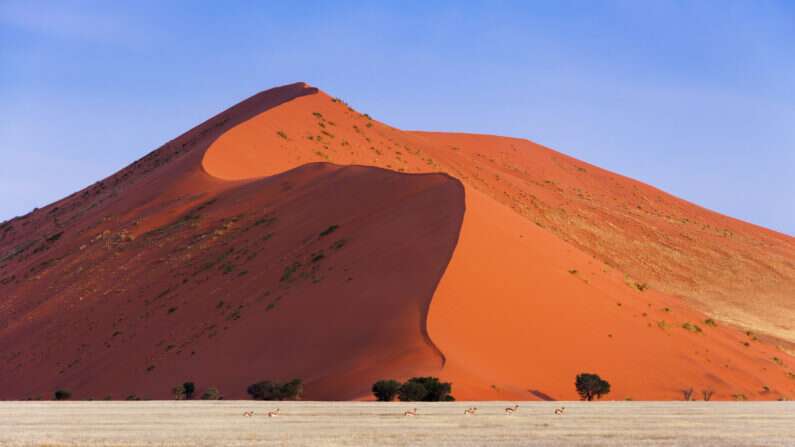
Recommended Hotel
Day 11
Sossusvlei
Rise early this morning for an awe-inspiring excursion into the dunes. This area boasts some of the highest free-standing sand dunes in the world, several over 300 metres high. Those who choose to climb one of the Sossusvlei dunes are rewarded with breathtaking views over the surrounding salt pan. You will also visit Deadvlei, probably the most photographed site in Namibia. Next, your tour guide will take you for a walk through Sesriem Canyon. Late afternoon, embark on a scenic drive on the lodge's private reserve, enjoying sundowners as you watch the spectacular sunset. This incredible day is complete with a bush dinner in the heart of the Namib Desert. Overnight at Sossusvlei Lodge (or similar).
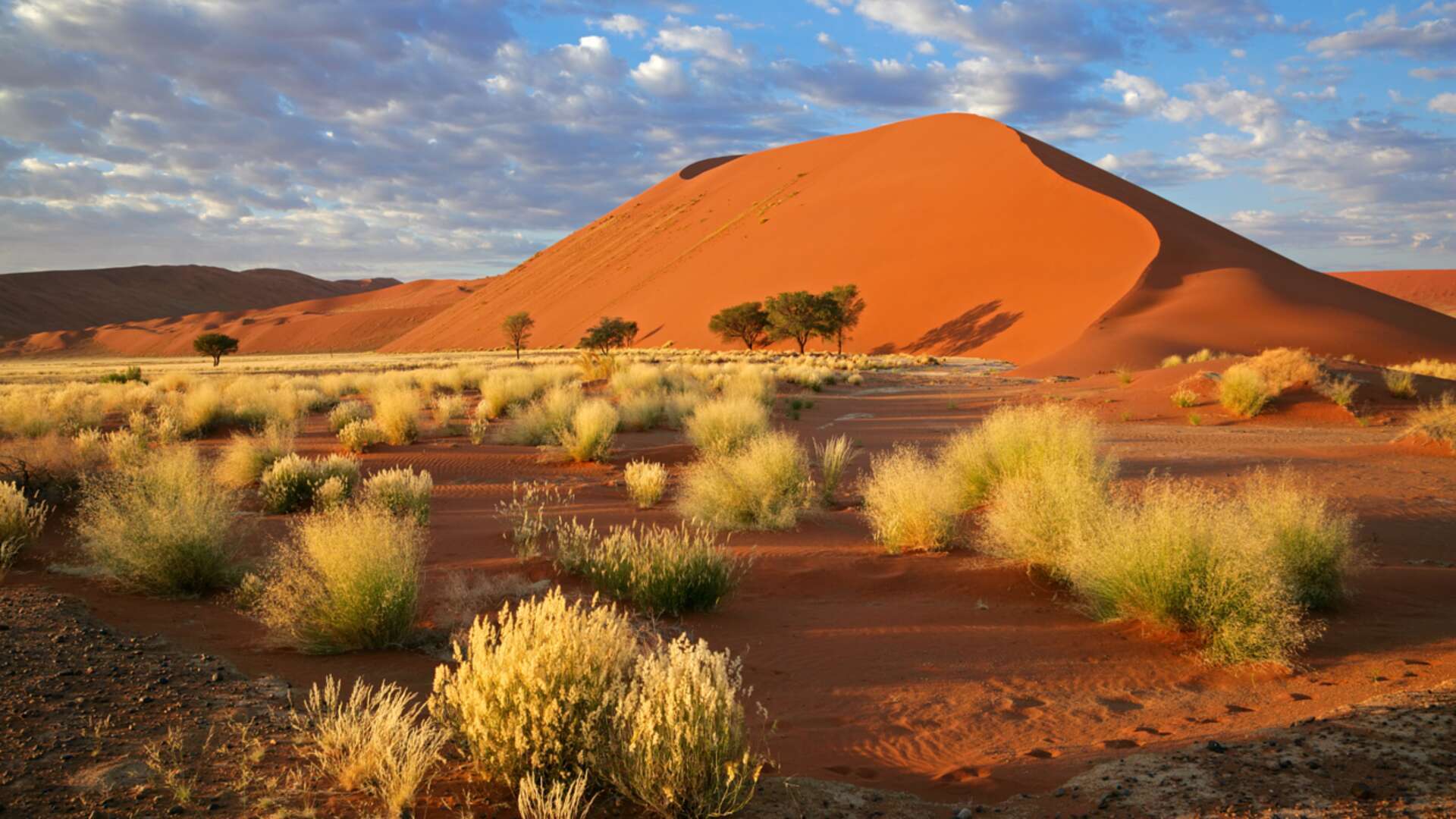
Recommended Hotel
Day 12
Sossusvlei & Windhoek
Say goodbye to Sossusvlei and head back to Windhoek, for your final night in Namibia, the journey will take approximately 5 hours. En route, stop at Neuras Wine Estate. Nestled in the foothills of the Naukluft Mountains, Neuras is one of the world's driest vineyards. Discover this unique winery on a vineyard tour and sample some of its wine. Overnight at The Windhoek Luxury Suites 2024 and The Weinberg 2025 (or similar). Passengers who are travelling on the 16-day Namibia Explorer tour with Desert Extension will instead travel to Luderitz today.
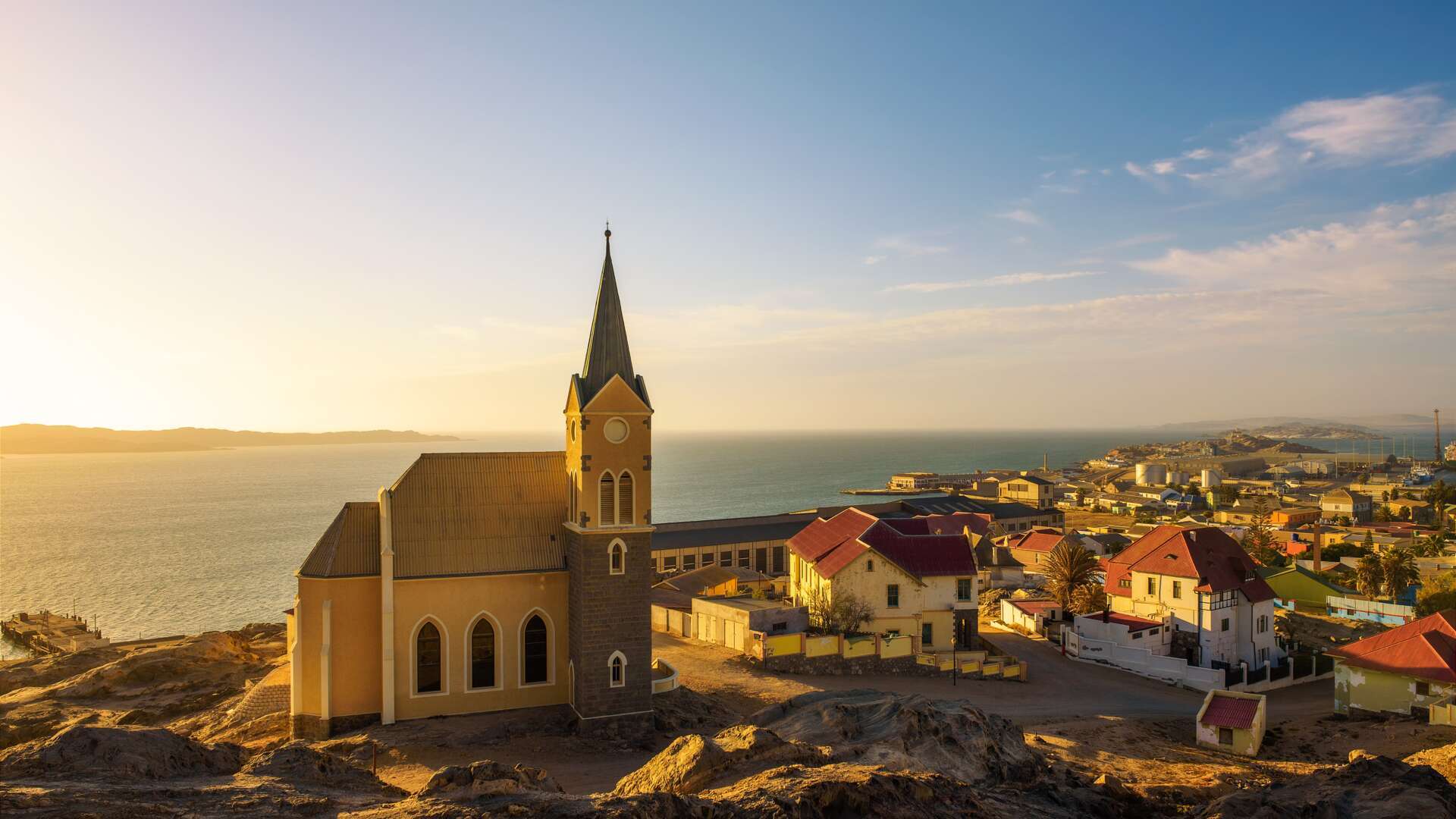
Day 13
Departure
You will be transferred to the airport in time for your flight home, or onward travel.
Guide price information
Low Season
2025: 23 Jun
£5,175pp
High Season
2025: 21 Jul, 11 Aug, 08 Sep, 22 Sep, 06 Oct, 20 Oct, 10 Nov
£5,495pp
Guide price information is based on the included flights from London, accommodation, transport and experiences detailed in the itinerary above for 2 people sharing as part of a small group departure. Guide prices do not include optional things to do. Call us for up to date prices – the cost of your holiday depends upon the time of year you travel, how long you go for, preferred departure airport, airlines, hotels and things to do.
Other Itineraries
Sorry, your hotel is no longer available
Please check alternatives
-
{{item.body}}
-
{{item.body}}
Choose a departure date
{{store.searchDuration}} nights
Enter rooms & guests
Checking prices & availability

{{term}}, {{formattedDate}} for {{searchDuration}} nights
Destinations See all Destinations
HolidaysSee all Holidays
OffersSee all Offers
InspirationSee all inspiration
